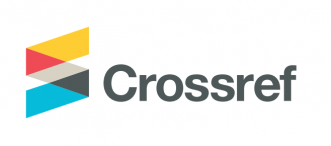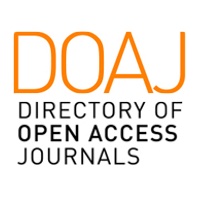BIOECOLOGY OF AQUATIC ECOSYSTEMS ON KARAMASSANG ISLAND POLEWALI MANDAR
DOI:
https://doi.org/10.20956/jiks.v10i1.28551Abstract
Anthropogenic activities that are often carried out by humans can affect the survival of mangrove, seagrass and coral reef ecosystems in an area. This research aims to determine the species, distribution and condition of the ecosystem on Karamassang Polewali Mandar Island. This research was carried out from April to December 2020 on Karamassang Island in Binuang District, Polewali Mandar Regency, West Sulawesi. Mangrove sampling uses a plot measuring 10 m x 10 m with four observation stations with three repetitions of each station with a repetition distance of 5 m. Data collection on seagrass beds with estimates of seagrass cover was carried out by stretching a line transect along 100 m and placing 0.5 x 0.5 m2 quadrants with grids at 20 meters intervals. This transect was carried out at a location that has a seagrass ecosystem and coral reef ecosystem data was collected using the RRA (Rapid Reef Assessment) method. The results of research on the types of mangroves obtained on Karamassang Island were Rhizophora mucronata, Avicennia alba, and Sonneratia alba. In general, the density of mangroves is very dense. In general, seagrass cover is in the good category. In general, the condition of live coral cover is in poor condition.
Downloads
Published
Issue
Section
License

This work is licensed under a Creative Commons Attribution-NonCommercial 4.0 International License.

This work is licensed under a Creative Commons Attribution 4.0 International License













